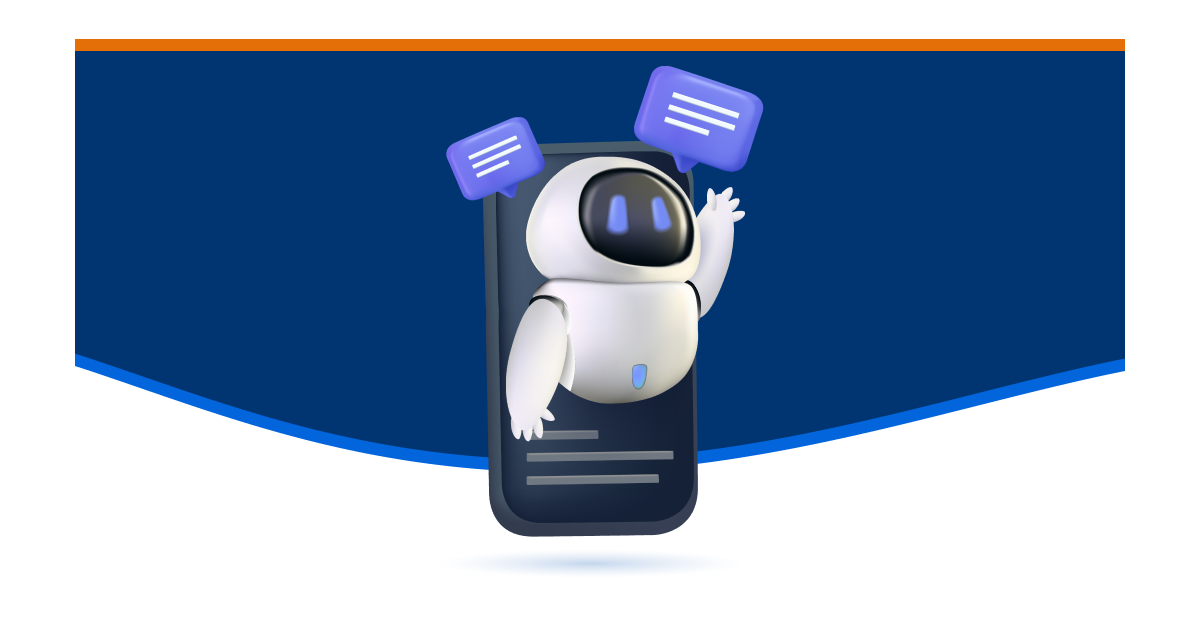As AI grows in popularity, almost all websites integrate AI-based interactive chatbots for tasks such as website help, customer service, and account management like password resets. Over the past few months,
I have used several of these AI chatbots across different websites. Unfortunately, some frustrating accessibility shortcomings make it challenging to enjoy AI's full benefits. This post will discuss these accessibility issues, focusing on desktop screen reader accessibility.
Who Should Read This Blog?
- Web developers and designers
- Accessibility experts
- Customer service managers
- AI developers
- Anyone interested in improving website accessibility
Focus Jumping
Most AI chatbots are displayed in a chat window where users type their requests, and the AI responses appear on the screen. On several occasions, I have engaged in long chats that span multiple pages. Here is where I encountered a significant accessibility issue: after typing and sending a response, the screen reader focus jumps back to the top of the page. If I am engaged in a long chat process that spans ten pages, I must manually navigate back to the bottom to continue engaging with the AI chatbot.
To make matters worse, my screen reader’s jump-to-bottom command does not work in these chat windows. This issue makes using AI chatbots frustrating and inefficient, especially when the resolution process requires multiple entries and replies.
Main Site Bleed Through
Another problem I encountered with about half of the AI chats was the screen reader bleed-through from the main site. While navigating the chat window, my screen reader announces elements from the main page behind the chat window. For example, while reviewing AI responses, I might hear announcements such as “Shop By Category” or “Browse Our Deals.” The severity of this issue varies.
On some sites, there are occasional errant screen reader announcements, but on others, the problem is much worse. Sometimes, the main site elements mix so much with the chat responses that it becomes impossible to understand the AI’s messages. This makes AI chatbots clunky and difficult to use. For more insights on the technical and legal aspects of AI and web accessibility, check out this technical and legal perspective.
Explore accessibility best practices to ensure AI interactions meet EAA compliance standards.
Lack of New Message Arrival Announcements
When using an AI chatbot, I usually focus my screen reader on the text entry field to be ready to type quickly. On some websites, my screen reader does not announce new messages from the AI system. I have to move up the page to check for new messages manually. Initially, I did not realize this was an issue. However, after waiting long periods without a response in several AI chats, I found that responses were coming in but not being announced.
On accessible AI systems, my screen reader announces new responses and their contents, allowing me to keep the focus on the response text field and be ready to type. The lack of new message announcements disrupts the flow of conversation and defeats the purpose of natural language AI experiences. For more about the importance of accessibility in AI chatbots, check out our webinar on AI and Accessibility.
TL;DR
This blog explores common accessibility issues with AI chatbots for screen reader users. Key problems include focus jumping, main site bleed-through, and lack of new message announcements. Understanding these issues is crucial for creating an inclusive AI experience.
Improving AI CHATBOT Accessibility
AI is a rapidly evolving technology with immense potential. However, current AI chat systems often fall short in accessibility. With the AI market expected to grow to $997.77 billion by 2028, ensuring that chatbots are fully accessible from the start is essential.
The European Accessibility Act (EAA) will require businesses operating in the EU to meet strict digital accessibility standards, including AI-driven interfaces.
Watch our on-demand webinar to learn about EAA compliance and AI accessibility.
Editor's Note: Our frequent contributor, Michael Taylor, wrote this post, which reflects his opinions and experiences. You can read more about Michael and other posts on his experience online here.







